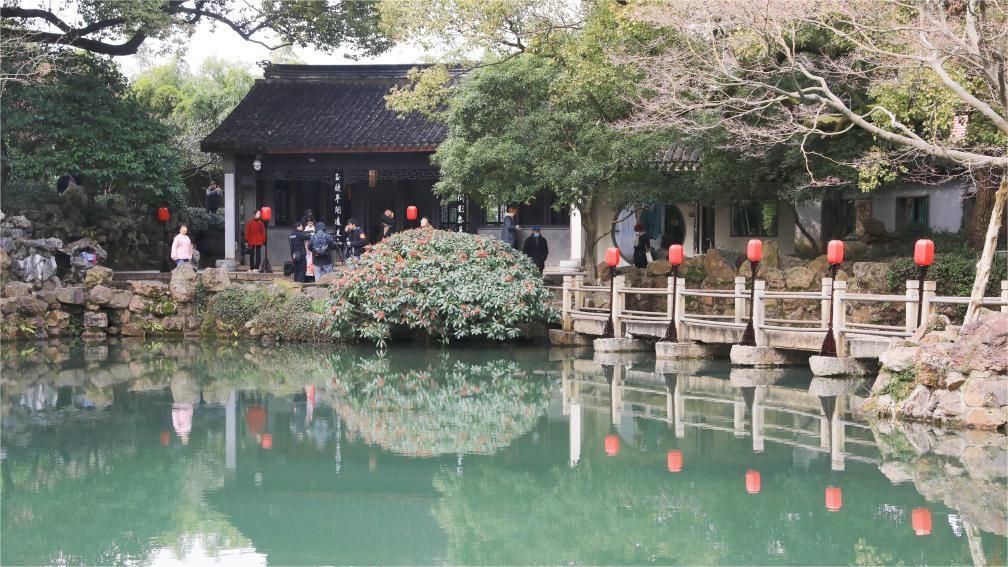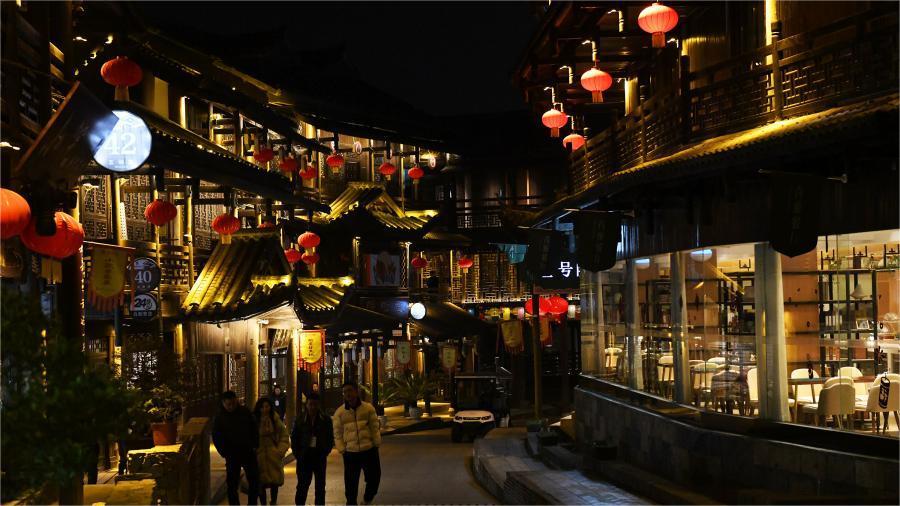China, U.S. should meet each other halfway, turn "San Francisco vision" into reality
In recent times, both China and the United States have been working together to implement the consensus reached by the two heads of state at the San Francisco meeting.
They have engaged in dialogues and exchanges in various fields and at different levels, which has helped stabilize the China-U.S. relationship from deterioration and sent a positive signal to the world.
The international community has positively evaluated the constructive interaction between China and the United States. It is believed that both countries are taking concrete actions to effectively implement the "San Francisco vision," which is beneficial for the well-being of their respective peoples and also contributes to global peace, stability, and prosperity.
Last November, Chinese President Xi Jinping and U.S. President Joe Biden held a summit meeting in San Francisco. The two heads of state had in-depth exchange of views on strategic and overarching issues critical to the direction of China-U.S. relations.
The two sides reached more than 20 deliverables in such areas as political affairs and foreign policy, trade and finance, people-to-people exchange, global governance, and military and security, and embraced a future-oriented San Francisco vision. These efforts have pointed the way forward and drawn a blueprint for the development of China-U.S. relations.
These important deliverables are further proof of the broad common interests of China and the United States and the mutually beneficial nature of China-U.S. relations. They demonstrate that dialogue and cooperation is the only right choice for the two countries.
The most important task for both China and the United States at present is to follow the strategic guidance of the two heads of state and make the San Francisco vision a reality, so as to promote the healthy, stable and sustainable development of the bilateral relationship.
The two sides decided to resume military-to-military communication, and launched working groups on economy, finance, trade, climate actions, and counternarcotics cooperation. The Chinese side also invited young Americans to China on exchange and study programs, and government talks on artificial intelligence have been initiated. The dialogues and exchanges between China and the United States have received wide attention.
To turn the San Francisco vision into reality, the right approach for the two sides is to respect each other, coexist in peace and pursue win-win cooperation. The two sides should jointly develop a right perception, manage disagreements effectively and advance mutually beneficial cooperation.
In the past 45 years since establishing diplomatic relations, China and the United States have experienced ups and downs in their relationship, which has maintained a positive momentum in general. The two sides have achieved fruitful results in their cooperation, bringing tangible benefits to the people of both countries.
China and the United States have engaged in beneficial cooperation on various regional hotspots and global issues, promoting world peace, stability, and prosperity.
This year marks the 45th anniversary of the establishment of diplomatic relations between China and the United States. The two sides should take this opportunity to sum up experience and draw lessons, treat each other as equals instead of in a condescending way, build common ground and shelving instead of highlighting differences, and respect instead of undermining each other's core interests. Both sides should work together toward mutual respect, peaceful coexistence, and win-win cooperation, finding the right way for China and the United States to get along with each other. This is a natural requirement of historical evolution and a universal expectation of the international community.
David Lampton, professor emeritus of China studies at Johns Hopkins University School of Advanced International Studies, believes that currently, the relationship between the United States and China is in a state of dynamic evolution. Both countries need to steer this evolution towards a better rather than worse direction and strive to find common ground.
To turn the San Francisco vision into reality, the United States should view China's development in an objective and rational way, pursue a positive and pragmatic China policy, and honor commitments with concrete actions.
The China-U.S. relationship is the most important and complex bilateral relationship in the world. To responsibly manage the relationship, the U.S. side must form the right perception of China, and reflect on the fundamental and overarching issue of whether the two sides are adversaries or partners.
There is but one China in the world, and Taiwan is part of China's territory. This is the true status quo of the Taiwan question. It is the "Taiwan independence" separatist activities and the connivance and support of external forces that are trying to change this status quo. The United States should abide by the one-China principle and the stipulations of the three China-U.S. joint communiques, and follow through on its commitment of not supporting "Taiwan independence".
The attempts to "de-China" in the name of "de-risking" and to build "a small yard with high fences" to "decouple from China" will ultimately backfire on the U.S. itself. The U.S. side should lift its illegal unilateral sanctions against Chinese companies and individuals and refrain from doing things harmful to China's legitimate development rights and interests. It should stop the unwarranted harassment and interrogation of Chinese citizens and do more things conducive to enhancing mutual understanding between the two peoples.
The world today is undergoing major changes unseen in a century, and finds itself in a new period of turbulence and transformation. The humanity is facing many challenges. The international community needs a stable China-U.S. relationship now more than ever.
China and the United States need to have a sense of responsibility for history, for the people and for the world, and plan the next stage of interactions at all levels between the two countries under the strategic guidance of the two heads of state.
Both sides should meet each other halfway, strengthen dialogue and communication, actively cooperate with each other when there are opportunities, resolve problems when they arise, and manage differences where they exist. Only by doing so can they benefit themselves as well as the people of both countries, and jointly promote world peace and development.
(Zhong Sheng is a pen name often used by People's Daily to express its views on foreign policy and international affairs.)
Photos
Related Stories
- NPC spokesperson urges US to work with China for healthy, stable ties
- China concerned about U.S. probe into "connected" vehicles: MOC
- China urges U.S. to stop interfering in Hong Kong affairs
- China hopes U.S. to create conditions for fair auto industry competition
- U.S., Chinese industry leaders advocate for stronger people-to-people exchanges through travel, tourism
Copyright © 2024 People's Daily Online. All Rights Reserved.









